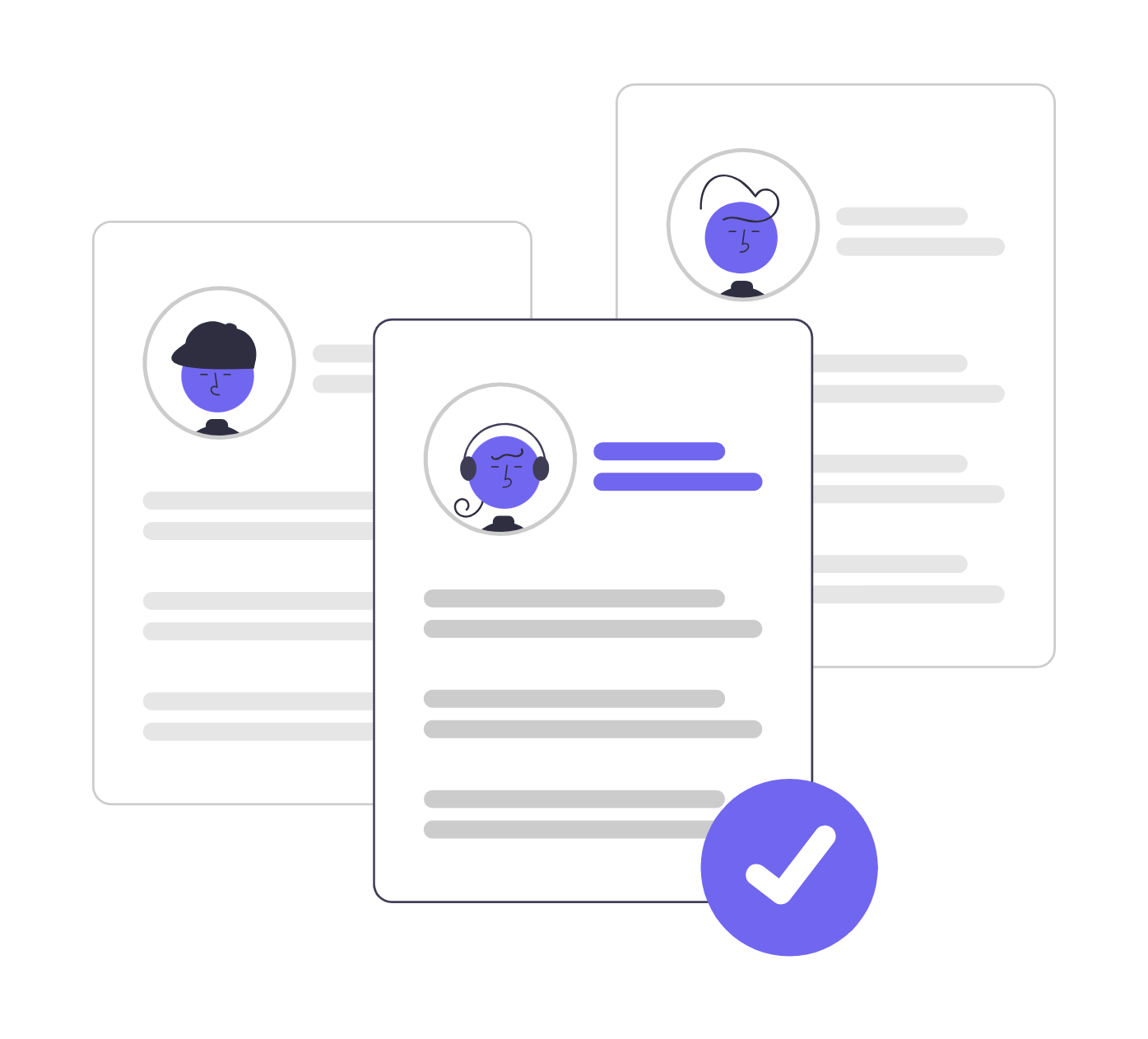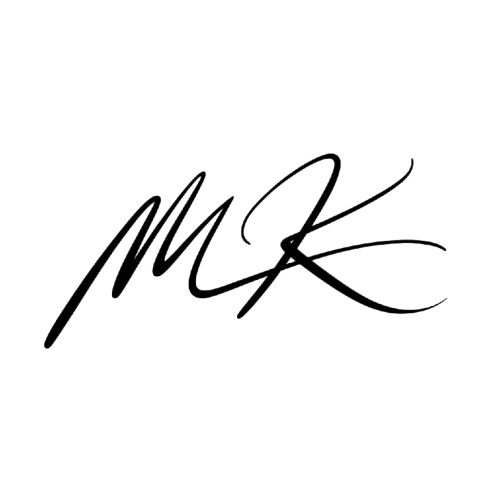Share
Hiring is one of the most critical functions in any organization—but few leaders fully understand the difference between recruitment and talent acquisition. While both terms are often used interchangeably, the strategies behind them couldn’t be more different.
Confusing the two can lead to mismatched hires, increased turnover, and a team that never quite fits your long-term vision. In this guide, we’ll explore why understanding this distinction matters and how to align your hiring strategy with your company’s goals.
Talent Acquisition vs. Recruitment: A Side-by-Side Snapshot
Here’s the fundamental difference:
Aspect | Talent Acquisition | Recruitment |
Approach | Strategic, long-term | Tactical, short-term |
Primary Goal | Build a future-ready workforce | Fill current job openings |
Timing | Ongoing, proactive | Reactive, on-demand |
Candidate Engagement | Long-term relationship building | Immediate job fit |
Focus | Leadership and specialized roles | Entry-level and high-volume roles |
Success Metrics | Retention, quality of hire, pipeline health | Time to hire, cost per hire, offer rate |
Branding | Strong employer brand as a foundation | Often secondary or absent |
In short: recruitment is a sprint. Talent acquisition is a chess match. Both are essential—but only if you know when to use each.
What Is Talent Acquisition (Really)?
Talent acquisition (TA) is a long-term, strategic function designed to align hiring with future business objectives. It goes beyond filling open roles and focuses on building a sustainable, competitive workforce.
Core Components of Talent Acquisition:
- Workforce Planning: Understanding upcoming talent needs based on business growth or change.
- Employer Branding: Positioning your company as a desirable place to work—before candidates even apply.
- Passive Candidate Sourcing: Engaging talent that isn’t actively job hunting but may be a strong long-term fit.
- Talent Pipelining: Nurturing ongoing relationships with potential future hires.
- Succession Planning: Preparing internal talent to move into key roles as they open up.
Easily administer one-click skill tests with Workscreen-This way you can assess candidates based on real-world ability—not just credentials like résumés and past experience. This helps you hire more confidently and holistically.

What Is Recruitment?
Recruitment is the tactical process of filling current job openings. It’s reactive and execution-driven—focused on posting jobs, reviewing applicants, conducting interviews, and hiring as quickly as possible.
Core Components of Recruitment:
- Job description writing and postings
- Resume screening and filtering
- Conducting interviews and background checks
- Coordinating job offers and onboarding
Recruitment is essential when you’re facing immediate needs: a team member resigns, a new project requires extra hands, or your company is scaling rapidly.
Quickly identify your most promising candidates. WorkScreen automatically evaluates, scores, and ranks applicants on a performance-based leaderboard—making it easy to spot top talent, save time, and make smarter, data-driven hiring decisions.

When to Use Recruitment vs. When to Use Talent Acquisition
Here’s how to think strategically about which approach to use—and when:
Situation | Use This Approach |
You’re opening a new office and need 20 entry-level hires | Recruitment |
You’re planning a new product line launch in 6 months and need niche technical skills | Talent Acquisition |
A key employee suddenly resigns and the role must be filled within 2 weeks | Recruitment |
You’re anticipating retirements in your leadership team over the next year | Talent Acquisition |
Your company is unknown in the job market and struggling to attract high-quality applicants | Talent Acquisition |
You’re expanding a customer support team to handle seasonal traffic | Recruitment |
The Best Teams Use Both
Smart organizations combine both approaches: recruiting to meet short-term needs, and talent acquisition to shape long-term growth.
The Hidden Cost of Treating Them as the Same
Misunderstanding these two disciplines can have major consequences:
- Hiring the wrong specialist: Many companies hire a recruiter when they actually need a TA partner—resulting in short-term hires that don’t scale.
- Poor retention: Quick fixes through recruitment can backfire if the new hires don’t align with company values or future needs.
- Talent gaps: Without long-term planning, your business may find itself scrambling to find niche expertise too late.
In the words of one industry veteran:
“I’ve held the title of recruiter, TA partner, HR specialist… and did the same job at every company. The truth is, companies often don’t even know what they actually need—and that’s where hiring starts to fall apart.”
Why Employer Branding Is a Talent Acquisition Power Tool
Recruitment often starts after a role is opened. But by that point, you’re already behind.
Talent acquisition builds brand awareness ahead of need—which means top-tier candidates already recognize (and trust) your company when a role goes live.
Here’s how:
- Candidates follow your thought leadership and culture content online
- Employee referrals feel natural because of a strong reputation
- Passive talent responds to outreach because they’ve heard of you
How to Measure Success: TA vs. Recruitment KPIs
Metric | Recruitment | Talent Acquisition |
Time to fill | ✅ | ⚠️ (less relevant) |
Cost per hire | ✅ | ⚠️ (longer payoff) |
Offer acceptance rate | ✅ | ✅ |
Retention after 6–12 months | ⚠️ | ✅ |
Pipeline health (passive candidates) | ❌ | ✅ |
Brand engagement (follower growth, candidate NPS) | ❌ | ✅ |
Quality of hire | ✅ | ✅ (measured differently) |
TA plays the long game—but when done well, it delivers better hires, stronger teams, and reduced churn.
The Future of Hiring: Strategy + Speed
In 2025 and beyond, the most effective hiring strategies won’t rely solely on recruitment or talent acquisition—they’ll blend both.
- Use recruitment when you need to move fast.
- Use TA when you’re building the kind of team that outlasts the competition.
This hybrid model gives you the agility to scale and the foresight to lead.
Workscreen Eliminates low-effort applicants—including those who use AI Tools to apply, copy-paste answers, or rely on "one-click apply." This way, you focus only on genuine, committed, and high-quality candidates—helping you avoid costly hiring mistakes.

Conclusion: Upgrade Your Hiring Mindset
If your current approach to hiring feels reactive, inconsistent, or rushed—it might be because you’re relying too heavily on recruitment and neglecting talent acquisition.
- Recruitment fills the role.
- Talent acquisition fills the vision.
You need both—but you need to know when and how to use each.
Audit your hiring strategy today: Are you just hiring, or are you truly acquiring the talent that will shape your company’s future?
FAQ
A: It depends on business needs. Recruitment is ideal for short-term roles or volume hiring. Talent acquisition is better for strategic roles, leadership positions, and long-term stability. Most successful companies blend both.
A: Yes. Blending recruitment for urgent needs with talent acquisition for strategic planning gives you flexibility and reduces hiring mistakes.
A: Yes. Talent acquisition professionals often oversee interviews and onboarding, especially when assessing long-term fit, values alignment, and leadership potential.
A: WorkScreen.io automates screening and filters out low-effort applicants quickly (ideal for recruitment), while ranking candidates by real performance and fit (perfect for long-term acquisition). It bridges both approaches in one streamlined platform

